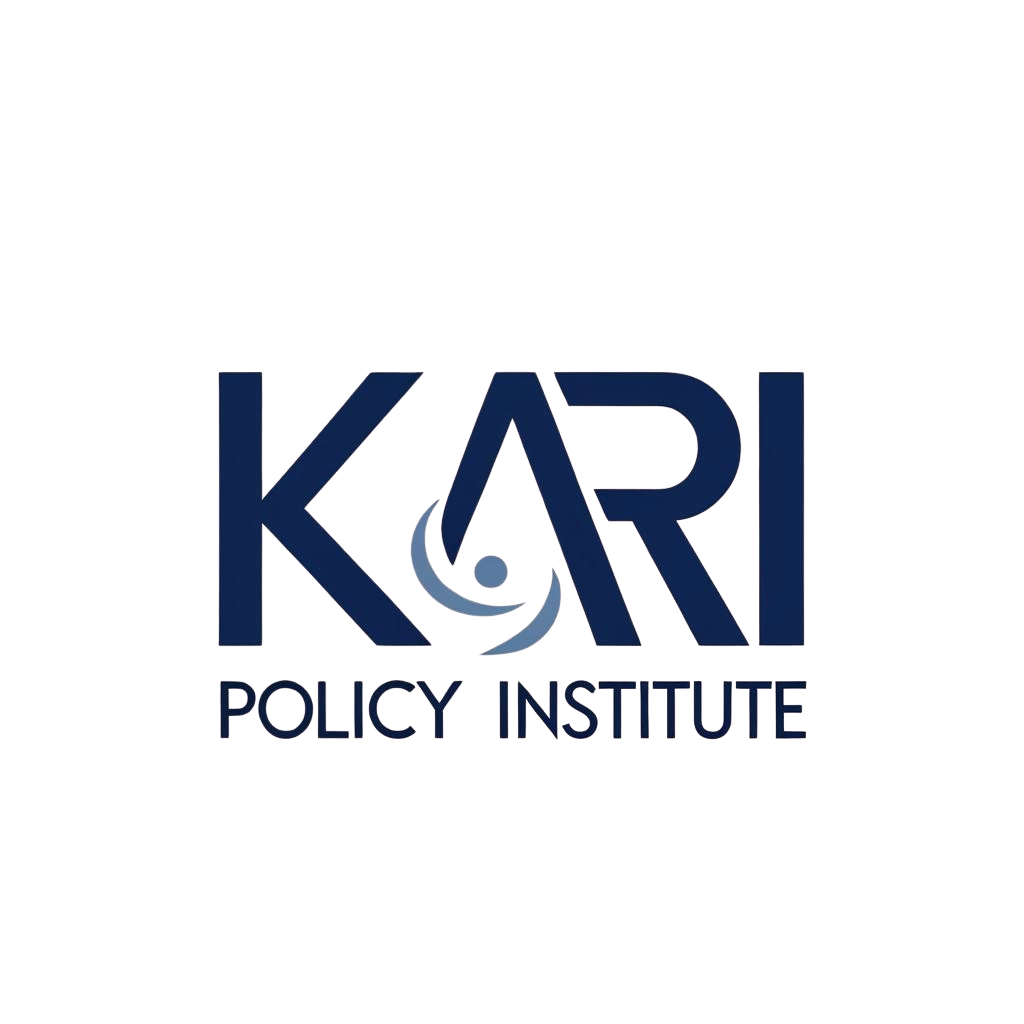
US Politics
What are the Limits of Presidential Power?
October 2025
The slow creep of executive overreach is decades in the making, with each administration testing and stretching the limits of the Constitution in its own way. Today, the checks and balances meant to restrain Presidential authority are eroding, and as we peel the curtain back to unveil the extent of government power, the skeletons within are frightening.
This balance of power between the executive branch and the other two branches of government has shifted dramatically, and this trend has only accelerated during the second Trump administration. Not solely because of executive orders and actions (which definitely play a part), but because of the structural shifts in the judiciary, which have reshaped the Court’s role as a check on the presidency.
If the U.S. continues down this path, we will see the gradual progression and cornering of power in the executive branch. Key Supreme Court cases show just how we got to this point, where policy is shaped by executive actions rather than democratic discussion.
Jordan Kari - Founder, KPI
Judicial Realignment
Historically, Supreme Court decisions and administrative actions have exhibited a fair and logical mindset towards checking executive authority. As we look at prior administrations, this trend appears bipartisan and pervasive.
From President Bush’s post-9/11 expansions of surveillance and military authority to President Obama’s use of drone strikes and immigration deferrals, to President Trump’s tariffs and sweeping immigration crackdowns, each administration has pushed the boundaries of executive power. Although not unique to any administration, the concentration of power in the executive branch should be raising alarm bells. Moreover, following the appointment of three conservative-leaning judges in Trump’s first term, we see a dramatic shift in how the third branch checks the executive.
Just in the last decade, the Supreme Court has expanded the presidency’s legal runway, signaling greater deference to executive action. In Trump v. Hawaii (2018), the Court upheld the travel ban, effectively greenlighting broad national security powers with minimal oversight. Seila Law v. CFPB (2020) further consolidated presidential control over agencies by weakening structural limits on removal. Then, Trump v. United States (2024) delivered the biggest shift yet: granting former presidents presumptive immunity for official acts.
Together, these rulings lower the cost of overreach and raise the ceiling on unilateral power, tilting the constitutional balance toward the executive and away from Congress.
Executive Orders and Unchecked Power
With Congress and the judiciary stalling, presidents act. Executive orders (EOs) have become the focal point of governance, permitting administrations to sidestep norms and shape policy unilaterally.
Executive Orders
Trump’s staggering 430 EOs to date are not just a surge; it’s a warning sign. This normalization of policymaking from the president sidelines our democracy and allows the presidency to be the main engine of U.S. governance.
In the same vein, recent actions by the Trump administration have proved controversial: tariffs imposed without legislative approval, aggressive immigration enforcement, threats to revoke birthright citizenship, politically motivated changes to voting districts, mass firings among the civil workforce, and the federalization of local police.
Together, these moves have instilled a Chilling Effect: a level of fear across the country, creating a climate where people feel compelled to fall in line with the President or face retaliation. All the while, Congress and the courts (for the most part) are silent.
Moving Forward: Rebuilding Guardrails on Executive Power
Unchecked presidential authority is not an abstract problem; it’s a governance gap. Presidents act because Congress won’t; courts hesitate because Congress didn’t. The result: a system that increasingly orbits the White House, not the people.
A New Structural Guardrail: Executive Review Board
To restore balance, Congress should enact statutory reforms to create an “Executive Review Board” — a politically balanced, quasi-state-federal body composed of members of Congress and state Attorney Generals. The Board would provide expedited, transparent review of major presidential actions, vetting their constitutional and legal foundations. By coordinating with state AGs, it could fast-track key legal questions to the federal courts, increasing the likelihood of meaningful judicial oversight.
This is not about stripping power from the presidency; it’s about building real guardrails that ensure decisions affecting millions are justified, tested, and accountable.
Policy Actions to Reinforce Balance
The Executive Review Board should be part of a broader strategy to rebalance the separation of powers. Congress must also:
Narrow emergency powers under the National Emergencies Act, requiring reauthorization after 60 days.
Reassert legislative primacy in key regulatory areas like immigration and the environment.
Modernize the War Powers Resolution to limit unilateral military action and mandate real-time reporting.
Strengthen administrative capacity so policymaking relies less on the executive.
Why This Matters
Executive power and big government actions have grown to be a part of our everyday lives. And this is not solely a partisan issue. Both Republican and Democratic administrations have expanded presidential authority, inching the U.S. toward a more centralized system. But these inches toward a more authoritarian governance approach are putting our democracy on life support. We need to act now and work with policymakers at the state and federal levels to create a more cognizant system and reinstate the checks and balances our country was founded on.
Restoring balance doesn’t mean weakening the presidency. It means strengthening the Republic. If we want a government that reflects the will of the people, not just the will of one office, the time to act is now.
Sources
https://harvardlawreview.org/blog/2025/04/president-trump-in-the-era-of-exclusive-powers/
https://constitution.congress.gov/browse/essay/artII-S1-C1-8/ALDE_00013797/
https://constitution.congress.gov/browse/essay/artII-S1-C1-5/ALDE_00013794/
https://constitution.congress.gov/browse/essay/artII-S4-4-7/ALDE_00000695/
https://tile.loc.gov/storage-services/service/ll/usrep/usrep553/usrep553723/usrep553723.pdf
https://constitutioncenter.org/the-constitution/supreme-court-case-library/zivotofsky-v-kerry
https://supreme.justia.com/cases/federal/us/520/681/
https://www.supremecourt.gov/opinions/17pdf/17-965_h315.pdf
https://www.scotusblog.com/cases/case-files/seila-law-llc-v-consumer-financial-protection-bureau/
https://www.supremecourt.gov/opinions/23pdf/23-939_e2pg.pdf
https://www.presidency.ucsb.edu/statistics/data/executive-orders
https://ballotpedia.org/Donald_Trump%27s_executive_orders_and_actions,_2025
